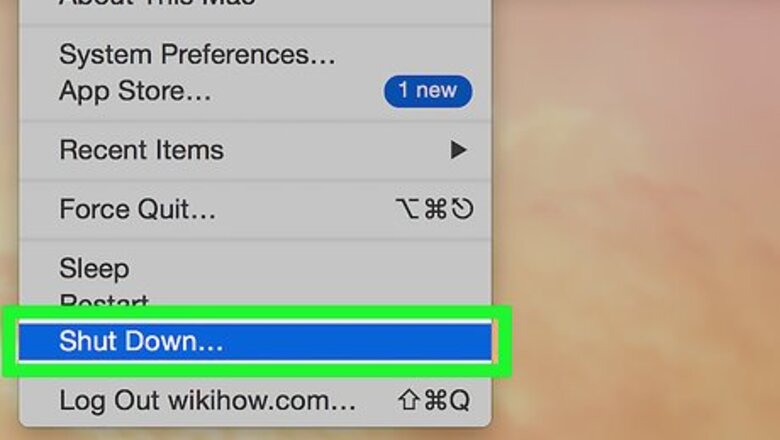
views
- Use a soft, dry, lint-free cloth to wipe the screen. Dampen it with just a little bit of water to get tough smudges out.
- Avoid using abrasive cloths, aerosol sprays, solvents, and household cleaners containing hydrogen peroxide or ammonia.
- Never spray liquid or water directly onto the screen.
Buffing and Polishing
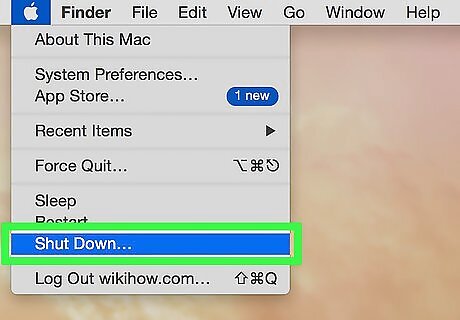
Shut the computer down. Turn the MacBook Pro off and detach the power adapter from the computer. Detaching the power adapter is not essential if you are only using a dry cloth to clean the screen. However, it is still advisable since the friction produced by the cloth could still interact with and damage the adapter. Is the rest of your laptop dirty? There are also ways you can safely clean the keyboard and other parts of your laptop.
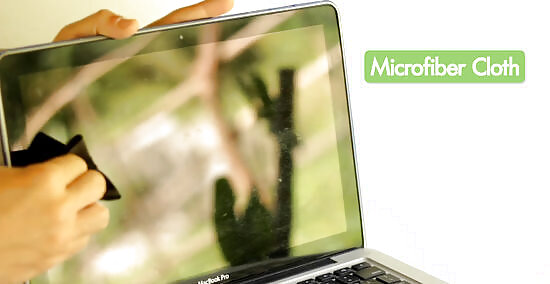
Buff away prints with a microfiber cloth. Carefully polish the screen with a microfiber cloth, moving across the entire screen in small circles. Apply steady yet slight pressure as you work, but do not use excessive force. Optical microfiber cloth is ideal, but just about any cloth will do if it is soft, clean, lint-free, and static-resistant. Stay away from abrasive cloths, such as dish towels, and paper towels. You may need to buff the screen for five minutes or more before all fingerprints and smudges have been removed. Hold the computer by the upper edge or by the keyboard to prevent yourself from accidentally re-smudging the screen.
Wiping with Cloth
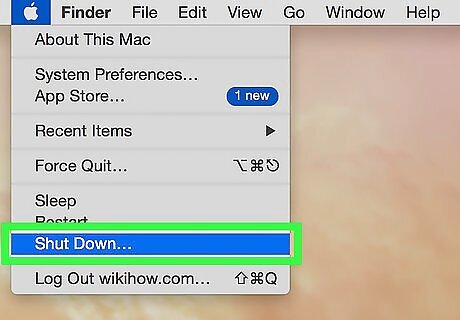
Shut the MacBook Pro down. Turn the computer off and unplug the power adapter. You can use these methods to clean other MacBook and iMac model screens as well.
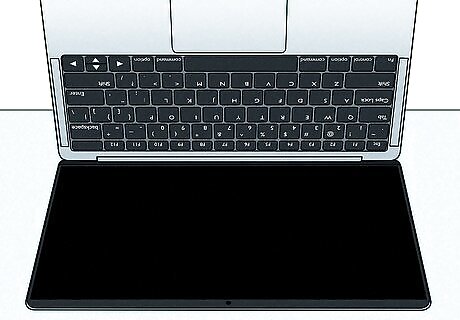
Lay the screen on its back. Place the screen face-up with the keyboard sticking up in the air. This position will prevent liquid from dripping down into the keyboard.
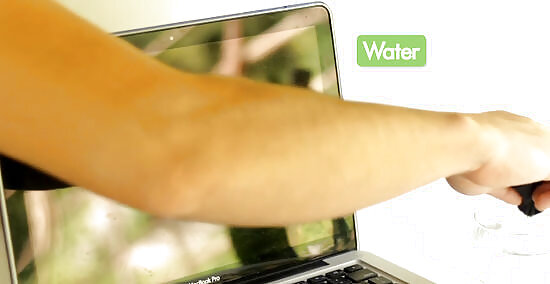
Dampen a soft cloth with water. Apply a little water to a soft microfiber cloth, making the cloth barely moist. Only use a soft cloth. A soft, clean, static-free, fiber-free cloth works best, but most non-abrasive cloths will also work well. Do not use paper towels, dish towels, or other rough cloths. For best results, use distilled water instead of tap water. Tap water contains minerals, and some of these minerals can be conductive. As a result, tap water is more likely to cause a short circuit than distilled water. Do not drench the cloth in water. A soaked cloth is more likely to drip excess water into your MacBook Pro, which could cause severe damage to your computer. If you accidentally use too much water, wring the cloth out well until it is only slightly moist. Do not, under any circumstance, spray water directly onto the screen of the MacBook Pro. This significantly increases your odds of getting water into the machine and causing permanent damage. Apply water directly to the cloth, not the screen.
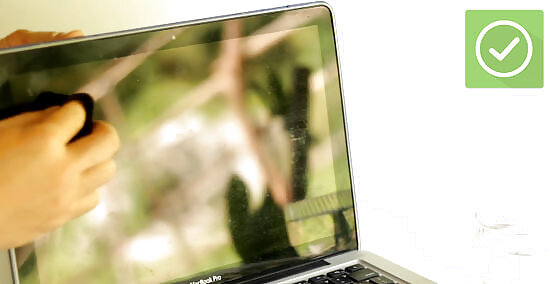
Wipe down the screen. Use a separate soft, static-free, non-abrasive cloth to wipe the screen from side to side and top to bottom, working in small circular buffing motions. Apply sturdy but slight pressure to the screen as you work. Dry the screen immediately after wiping for a streak-free finish. Hold the screen toward the very top or very bottom to avoid re-smudging it as you work. You may need to pass over the screen multiple times before all the smudges have been removed. You may also need to re-dampen the cloth as you work, depending on how many passes over the screen you need to make.
Using Cleansers
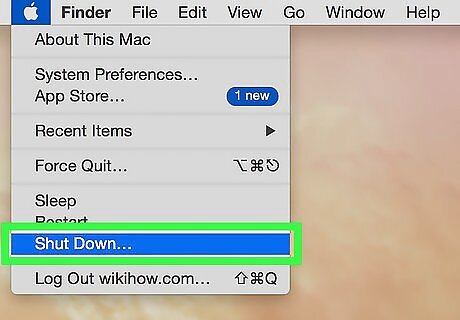
Shut down the computer. Make sure that the MacBook Pro is turned off before proceeding. Detach the computer from its power adapter. You should not proceed without powering down your MacBook Pro. Its internal components could get damaged if exposed to the wet cleanser. You could also get a slight shock if reaches these electrical components as you work, especially if the power adapter is plugged in.

Lay the screen on its back. Place the screen face-up with the keyboard sticking up in the air. This position will prevent liquid from dripping down into the keyboard.
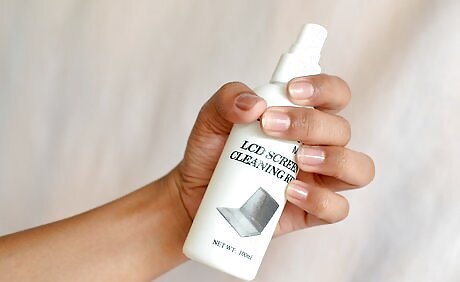
Spray a little LCD or plasma cleanser on a microfiber cloth. Spray a small amount of this cleaner onto your soft cloth. Do not drench the cloth. It should only feel a little moist to the touch, and you should not be able to squeeze any liquid out of it. Only use soft, clean, lint-free, and static-free cloths. Lens cloths work especially well, but any microfiber cloth will usually do the trick. Avoid paper towels, dish towels, terry cloth towels, and other abrasive fabrics. Use a cleaner specifically sold for use with LCD screens. Do not use all-purpose cleaners, alcohol-based products, bleach, aerosol sprays, solvents, or abrasives. All of these products could seriously damage the screen. In extreme cases, the screen may even break completely. Do not spray the cleaning solution directly on the screen. Doing so increases the likelihood of getting moisture into the openings at the bottom or along the sides. Moisture should not be allowed through these openings since it can short out your computer if it gets inside.
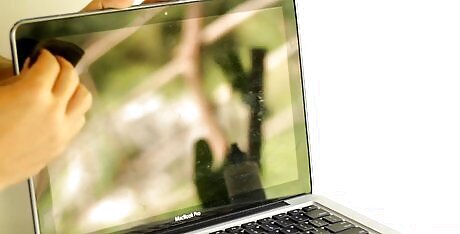
Wipe the screen using the cloth. Use a separate dry, clean, static-free, and fiber-free cloth. Pass the cloth over the MacBook Pro screen, working either from top to bottom or from side to side. Buff the screen in small circular motions, applying steady but light pressure. Hold the computer screen near the very top or very bottom to reduce the risk of accidentally smudging it as you work. Continue buffing the computer screen as necessary until all smudges are gone, reapplying the cleaning solution as necessary. This may take several passes over the screen and several minutes to complete.
Using Electronics Wipes
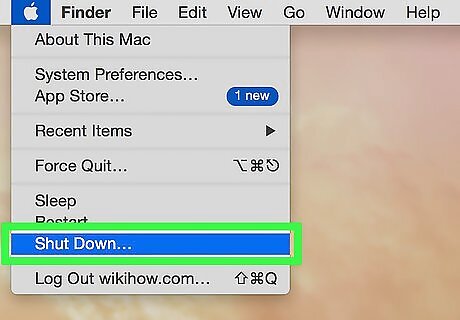
Turn off the MacBook Pro. Shut down the computer before you do anything else. Unplug the power adapter before continuing on. Moisture from the wipes can get into the computer, even if you work carefully. If this happens, it is important that the power adapter has been previously removed. Prior removal of these electrical components will prevent them from getting damaged and will also prevent you from getting shocked.
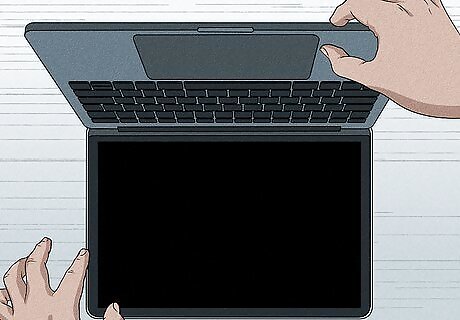
Lay the screen on its back. Place the screen face-up with the keyboard sticking up in the air. This position will prevent liquid from dripping down into the keyboard.
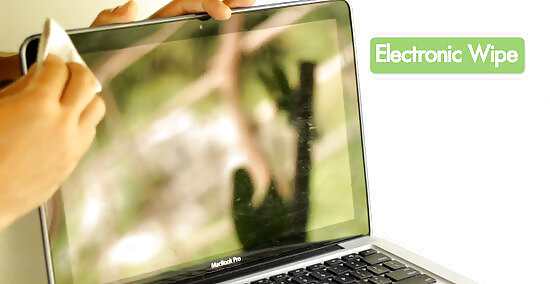
Use a specially formulated electronic wipe. Use a wipe that is specifically designed to clean LCD screens. Wipe it across the entire screen, working from top to bottom or side to side. For best results, buff the screen using small circular motions while applying light but even pressure. Electronic wipes have just enough solution to clean the screen without soaking it. The solution used is also formulated to work safely with electronic products. Make sure that any wipes you use have a non-alcohol formula, since alcohol could damage the screen.

















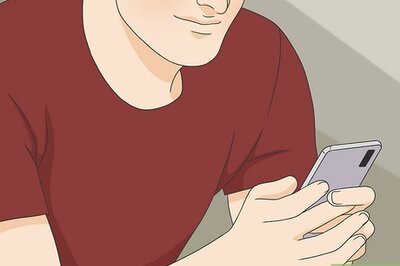


Comments
0 comment